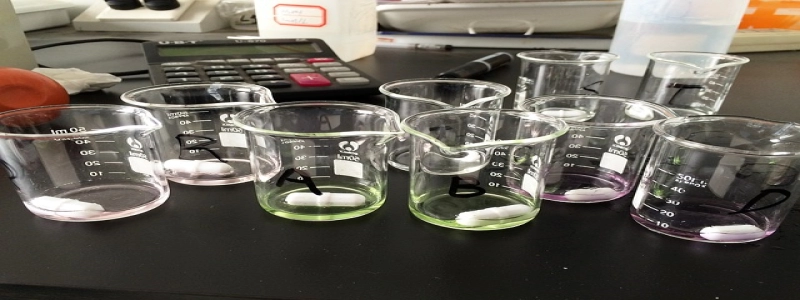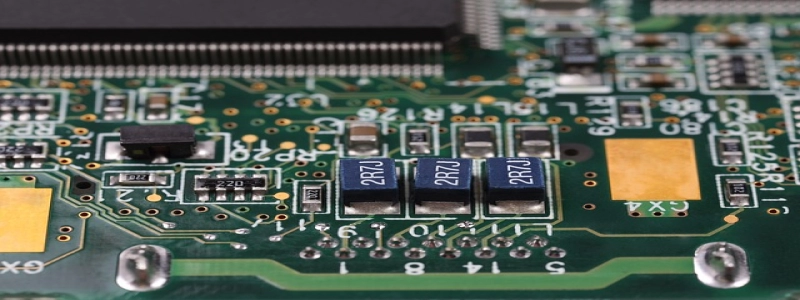Ethernet Attenuation Distance
I. Introduction
A. Definition of Ethernet
B. Importance of Ethernet in networking
II. Understanding Attenuation
A. Definition of attenuation
B. Causes of attenuation in Ethernet
III. Factors Affecting Ethernet Attenuation Distance
A. Cable type and quality
B. Frequency of signals
C. Cable length
IV. Effects of Attenuation
A. Signal loss
B. Degradation of signal quality
V. Measurement of Attenuation Distance
A. Units used for measurement
B. Instruments used for measurement
VI. Overcoming Ethernet Attenuation Distance
A. Signal amplification
B. Cable improvement
VII. Conclusion
A. Recap of the importance of Ethernet in networking
B. Understanding the impact of attenuation on Ethernet signals
C. Measures to overcome attenuation in Ethernet connections
I. Introduction
Ethernet is a widely used technology in networking that allows computers and devices to communicate with each other over a local area network (LAN). It enables the sharing of data and resources among interconnected devices, making it essential for modern communication systems.
II. Understanding Attenuation
Attenuation refers to the loss of signal strength as it travels over a medium or a transmission line. In Ethernet connections, attenuation occurs due to various factors, leading to a reduction in the quality and distance that signals can travel.
III. Factors Affecting Ethernet Attenuation Distance
Several factors influence the attenuation distance in Ethernet connections. The following are the most significant factors:
A. Cable type and quality: The type and quality of the Ethernet cable used play a crucial role in determining the attenuation distance. Higher-quality cables with better insulation and shielding can minimize signal loss and maintain signal integrity over longer distances.
B. Frequency of signals: The frequency at which signals are transmitted also affects the attenuation distance. Higher frequencies are more susceptible to attenuation, leading to shorter distances for signal transmission.
C. Cable length: The length of the Ethernet cable is directly proportional to the attenuation distance. Longer cables are more likely to experience higher levels of attenuation, resulting in limited distances for signal transmission.
IV. Effects of Attenuation
Attenuation in Ethernet connections has several adverse effects on signal transmission:
A. Signal loss: Attenuation causes a reduction in signal strength, which can lead to data loss and communication failure between devices connected via Ethernet.
B. Degradation of signal quality: Attenuation also degrades the quality of the transmitted signals, leading to errors, noise, and distortion. This degradation can affect the overall performance and reliability of the network.
V. Measurement of Attenuation Distance
Attenuation distance in Ethernet connections is measured using specific units and instruments:
A. Units used for measurement: Attenuation is typically measured in decibels (dB), representing the loss of signal strength over a given distance.
B. Instruments used for measurement: Specialized cable testers and network analyzers are used to measure attenuation distance accurately. These instruments provide detailed reports on signal loss and signal quality measurements.
VI. Overcoming Ethernet Attenuation Distance
To overcome the limitations of attenuation in Ethernet connections, certain measures can be taken:
A. Signal amplification: Signal amplifiers can be employed to boost the signal strength, compensating for the loss due to attenuation. These amplifiers are strategically placed at intervals along the Ethernet cables to ensure the signals reach their intended destinations.
B. Cable improvement: Using higher-quality cables with enhanced shielding and insulation properties can significantly reduce attenuation. Fiber optic cables offer a viable alternative to traditional copper cables as they are less susceptible to attenuation over long distances.
VII. Conclusion
Ethernet is a crucial technology for modern networking systems, facilitating efficient communication between devices. However, attenuation poses limitations on the distance signals can travel in Ethernet connections. Understanding the factors influencing attenuation and implementing measures such as signal amplification and cable improvement can help overcome these limitations. By addressing attenuation, the efficiency and reliability of Ethernet connections can be enhanced, ensuring seamless communication between devices on the network.







